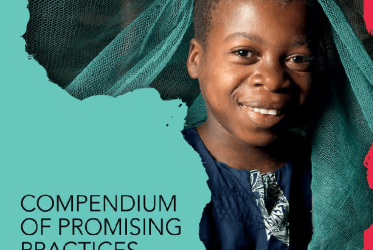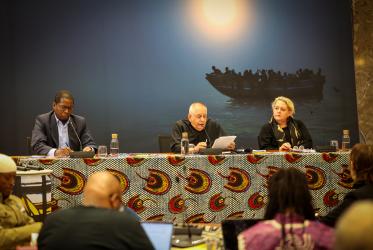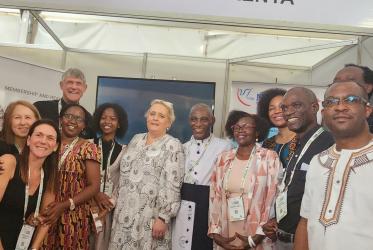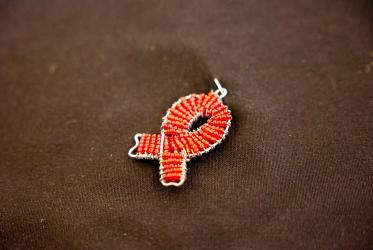39th UNAIDS Programme Coordinating Board, 7 December 2016
The Elizabeth Glaser Pediatric AIDS Foundation, Stop AIDS Alliance, and the WCC-Ecumenical Advocacy Alliance welcome the UNAIDS report on intellectual property and access to HIV treatment as well as the Report of the High Level Panel on Access to medicines. As the reports note, ensuring access to essential drugs like ARVs is a key component of the rights to health and to life that are protected by international law. We believe these rights and the corresponding duty to protect public health should play a more prominent role in the intellectual property regime, as agreed by TRIPS members in Doha in 2001.
The 1995 TRIPS agreement placed numerous roadblocks on the path between newly available life-saving ARVs and the vast majority of people who needed them. Over time, the actions of UNAIDS, treatment activists, some governments, and others have succeeded in removing or working around some of these barriers. But it has been a slow, imperfect, and incomplete process, leading to many avoidable deaths.
And although the IP situation today has markedly improved relative to ARVs, several challenges do remain. As many speakers today have noted, those challenges include insufficient use of TRIPS flexibilities, new, more restrictive TRIPS plus measures, the limited scope of voluntary licensing agreements, a lack of transparency on drug R&D and patents, and insufficient innovation for small or unprofitable markets.
In other words, we are not done fighting the battle for universal access to medicines, including ARVs. We therefore call for continued efforts in the following four areas:
First, we must improve the ability of low and middle-income states to use all TRIPS flexibilities and to oppose pressure from trading partners to enact TRIPS-plus measures. We also need greater transparency around countries’ implementation of these flexibilities, as well as the TRIPS-plus provisions in bilateral or free trade agreements.
Second, we should aim to increase the scope of voluntary licensing agreements to cover all ARVs and all low and middle-income countries. As the report notes, “by 2020 the majority of people living with HIV will reside in middle-income countries.” But some of those countries, especially upper-middle-income states, are already excluded or may transition out of such licensing agreements, leaving ARVs unaffordable and inaccessible.
Third, we need to heighten transparency on various elements of the intellectual property regime, including the true costs of drug research and development and the patent status and prices of existing drugs.
Finally, we support continued investigation of parallel drug research and development systems that are delinked from the size and profitability of the market. Such systems could generate open knowledge innovation for drugs and formulations not being prioritized by private industry, such as pediatric formulations for HIV, TB, and other life-threatening diseases.
In closing, UNAIDS has long been a powerful driver in the access to medicines movement. In line with the HLM commitments and the UNAIDS strategy, we urge the PCB to continue its support for UNAIDS’ active leadership on this issue as an integral part of reaching 90-90-90.





